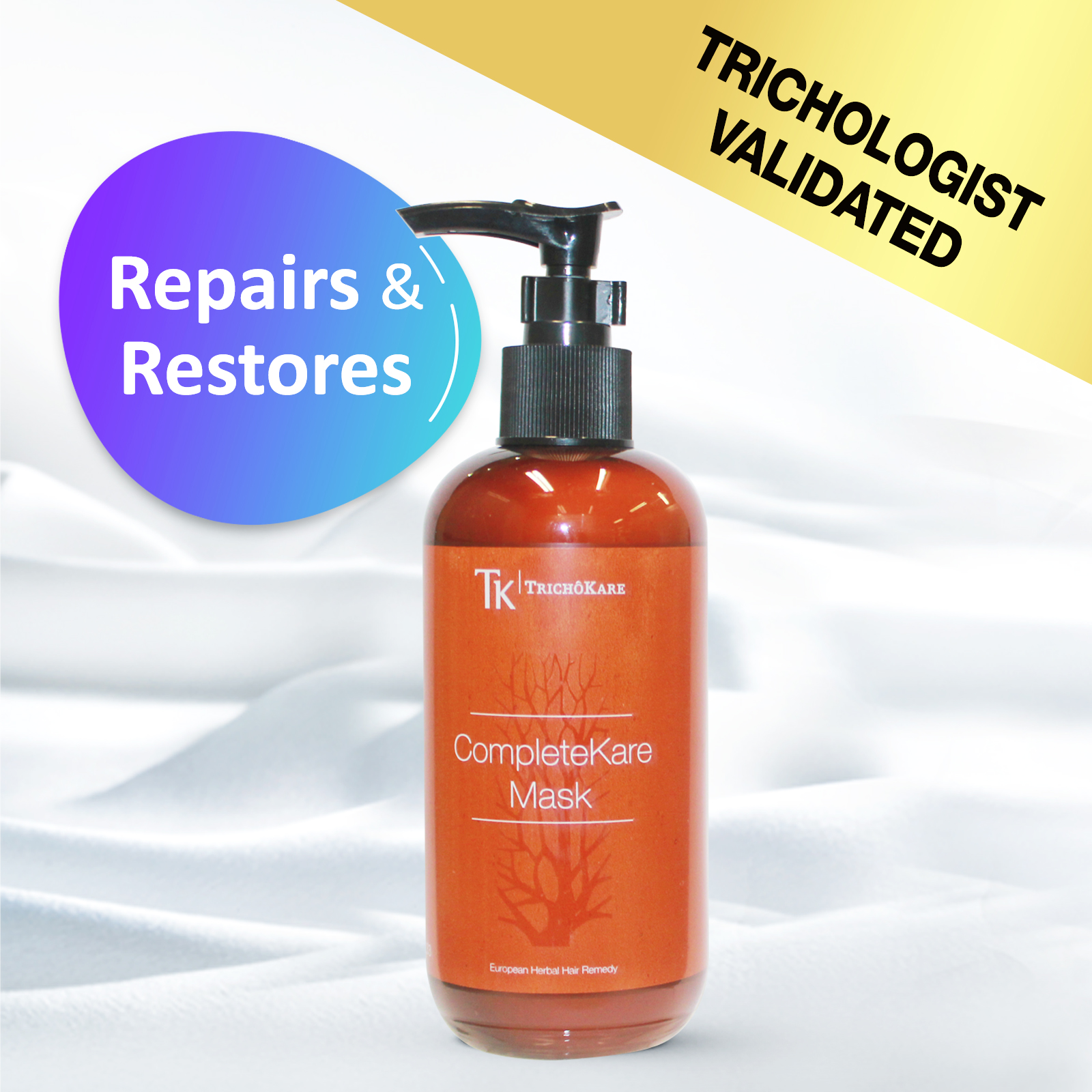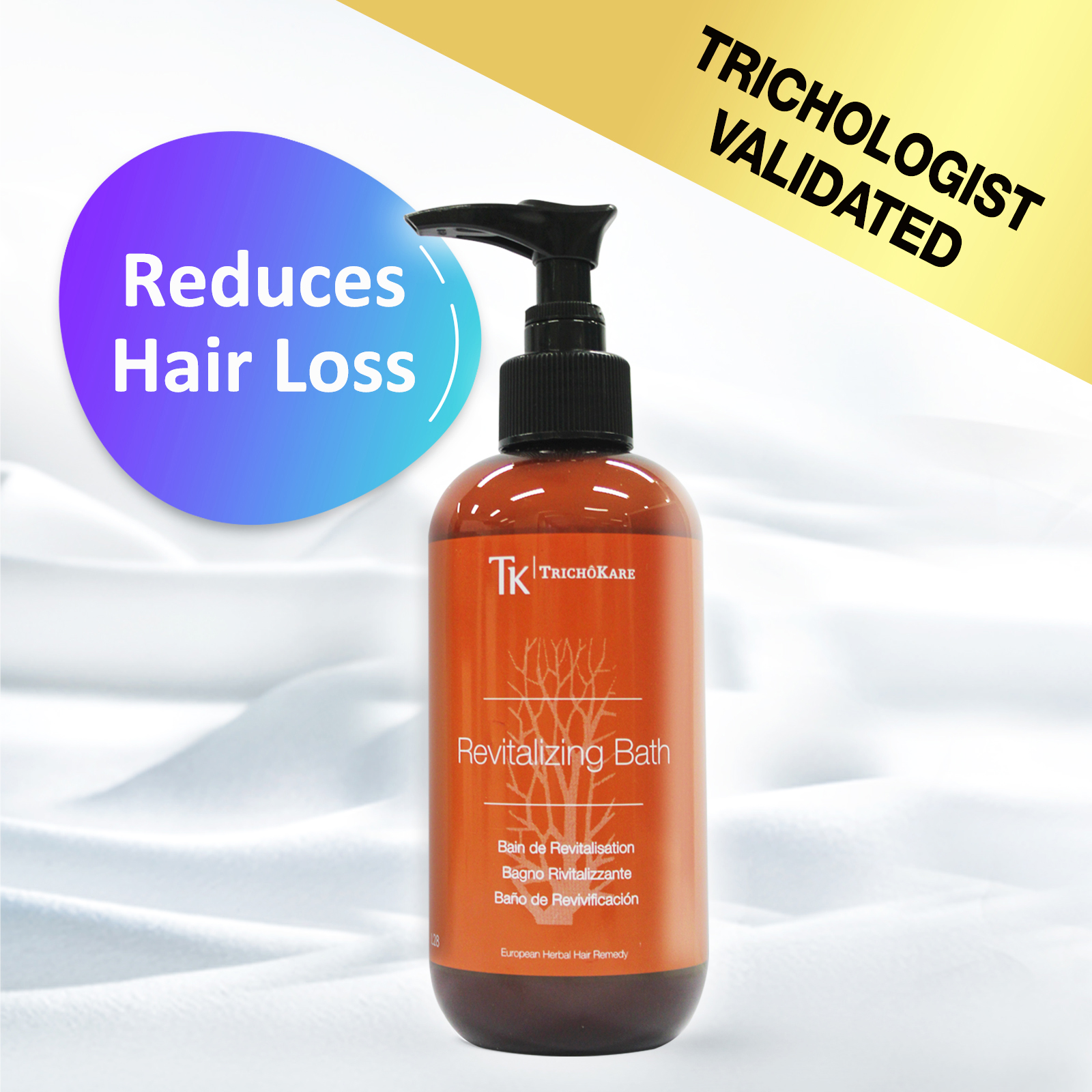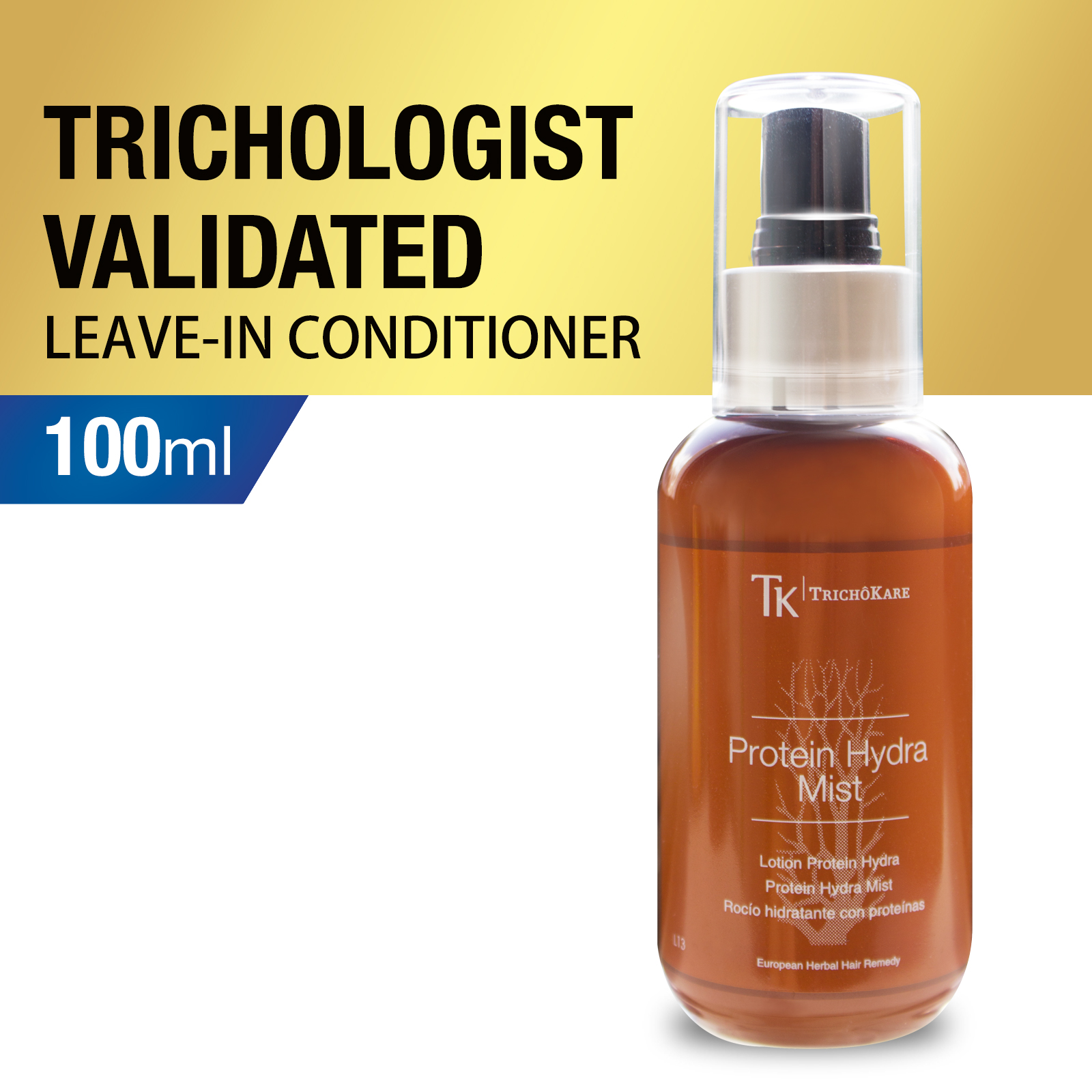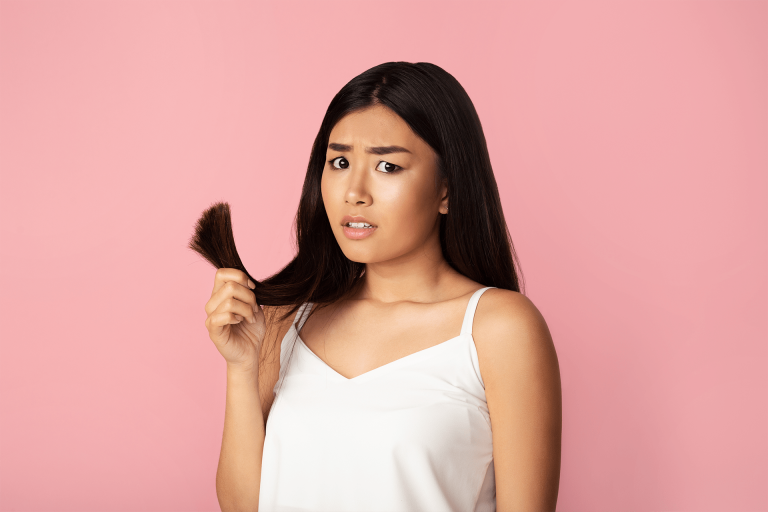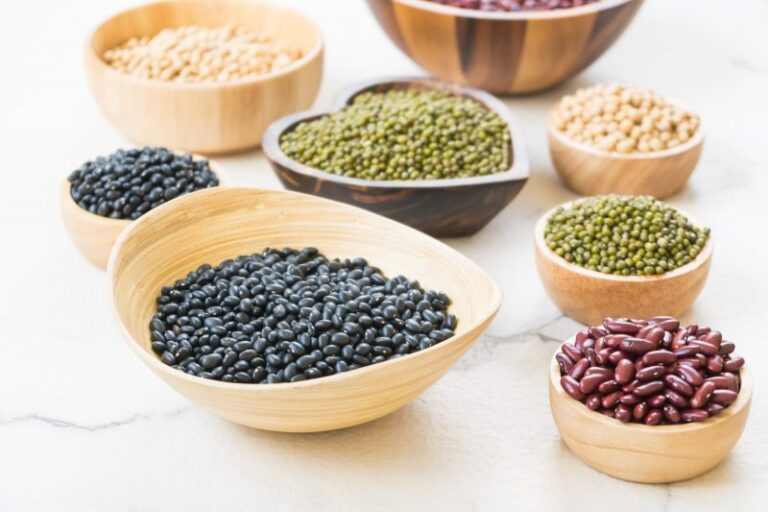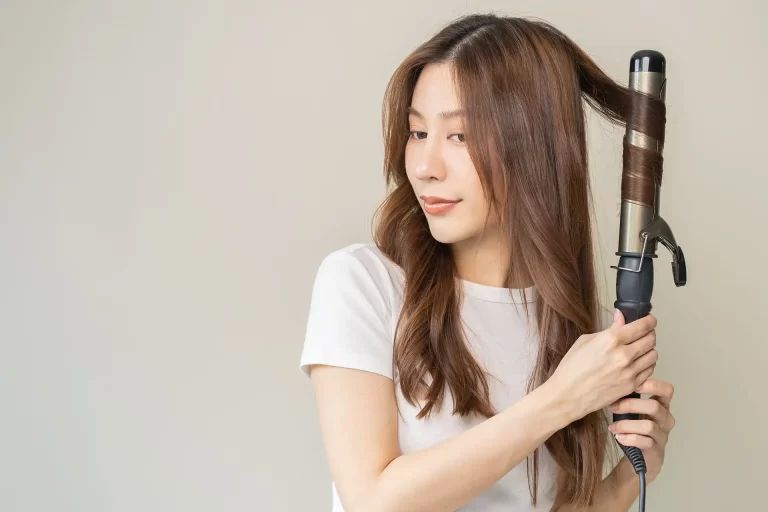
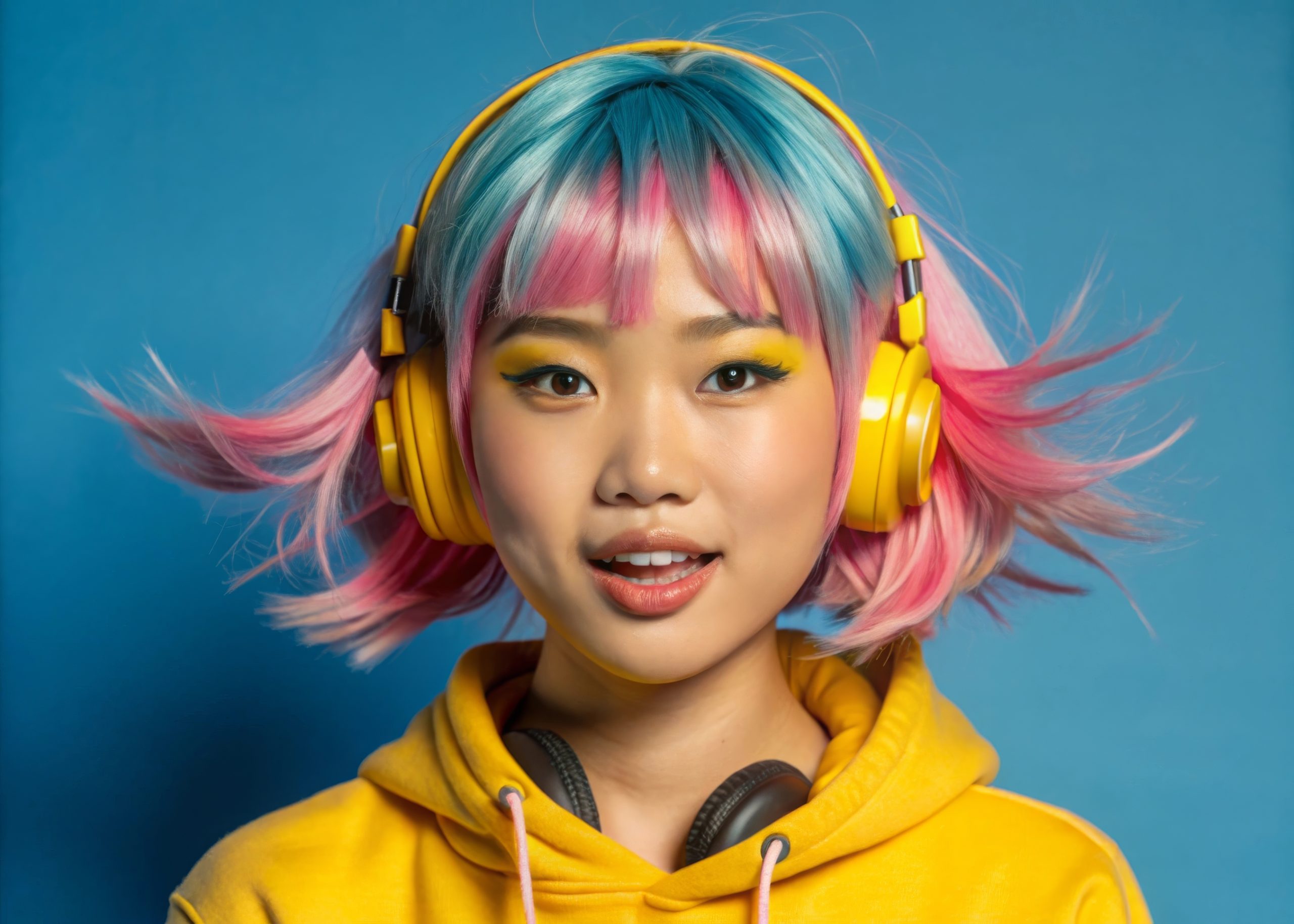
Treatments for Coloured Damaged Hair in Singapore
Understanding Hair Damage from Colouring
Hair colouring can transform your look, but the chemical process involved can also take a toll on your hair and scalp. Whether you’re going for a bold new shade or simply covering greys, it’s important to understand how colouring affects your hair’s health. Colouring your hair can be exhilarating. However, there are also times when we decide not to as we fear the damage that colouring might cause. Any sort of chemical treatment that changes your hair’s colour or structure is likely to cause damage and even hair loss. Wondering if you can dye your hair with the latest trend while still keeping your hair healthy? Check out 8 important hair care tips you will need for maintaining coloured hair.
How Hair Colouring Damages Hair
1. Loss of Moisture & Dryness
Hair dyes, especially permanent and bleach-based formulas, strip away natural oils and moisture. This can leave your hair feeling dry, rough, and prone to breakage.
2. Weakening of Hair Structure
The chemicals in hair dye penetrate the hair cuticle to deposit colour. Over time, repeated colouring weakens the hair’s protein structure (keratin), making it more brittle and prone to split ends.
3. Increased Porosity & Frizz
Damaged hair becomes more porous, meaning it absorbs and loses moisture quickly. This leads to frizz, dullness, and difficulty in maintaining a smooth, sleek look.
4. Scalp Sensitivity & Irritation
Many hair dyes contain ammonia, peroxide, and other harsh chemicals that can irritate the scalp, causing itchiness, redness, or even flaking. Those with sensitive skin may experience discomfort, especially if the dye is not properly rinsed out.
5. Faster Colour Fading
When hair is damaged, it struggles to retain colour pigments, leading to faster fading. Without proper care, your vibrant hair colour can quickly turn dull and lifeless.
6. Hair Growth Disruption
The harsh chemicals in hair dye can also affect the hair follicles, potentially hindering the natural hair growth cycle. This can lead to weaker hair growth, and over time, it may result in slower hair regrowth as the follicles become damaged or stressed.
8 Tips to Take Care of Coloured Hair
1. Protect Your Scalp
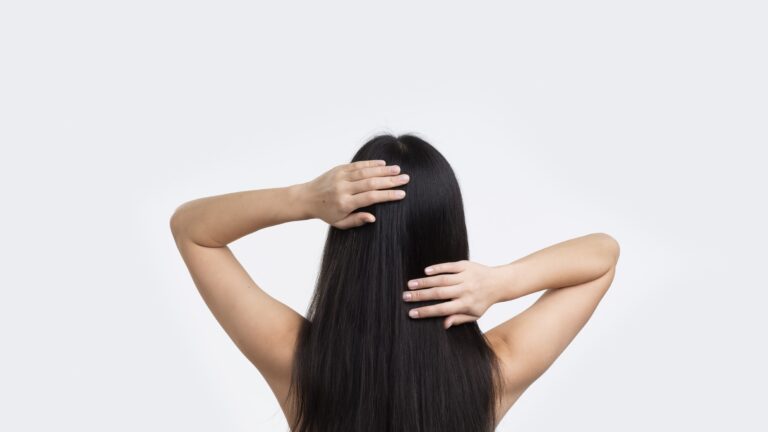
Always do a deep cleansing scalp treatment right after the colouring session. This is extremely important as it helps in removing any residue of excess colour and harmful chemicals that may cause harm to the scalp and eventually hair loss. Coloured hair comes with frequent scalp exposure that may lead to contact dermatitis, redness and inflammation of the scalp. Hence, it is very important to make sure that your scalp is well protected from any kind of chemicals.
2. Let Your Coloured Hair Breathe
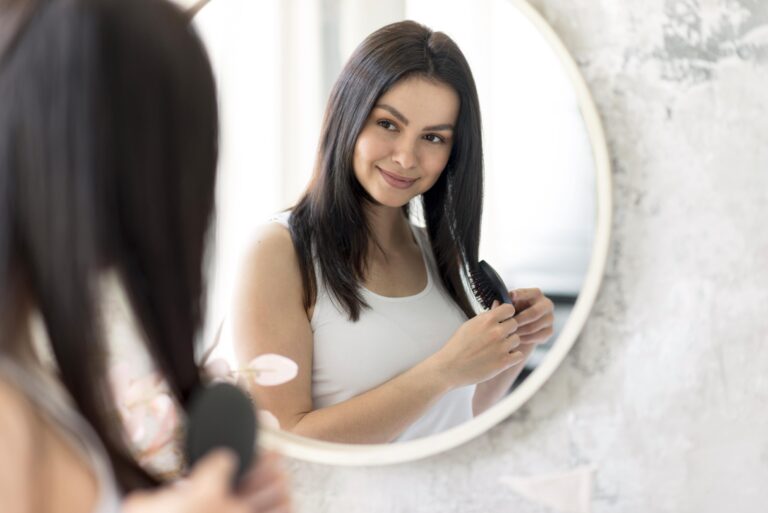
It is a lot of fun experimenting with new colours or trying out new looks, but we must never take our hair for granted. Moderation is key and too much of anything can be bad. Give your coloured hair ample time to relax and breathe before you venture on to the next colour.
3. Protein It Up
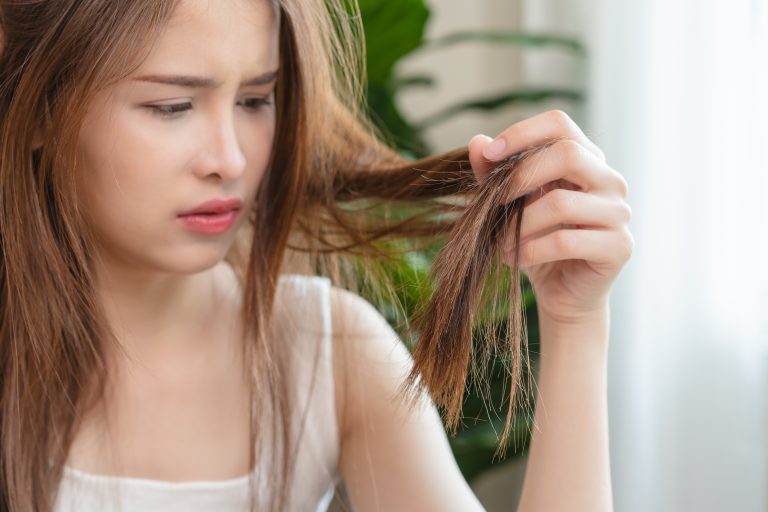
Another side effect that many of us are not aware of is the protein damage. When your hair is suffering from protein damage, it gets tangled easily and breaks. Nourish your hair with protein and repair damages through DIY hair masks or protein treatments like our Protein Hydra Mist and CompleteKare mask. It also helps to look out for food that are packed with proteins and include them into your diet.
4. Opt for Sulphate-Free Products
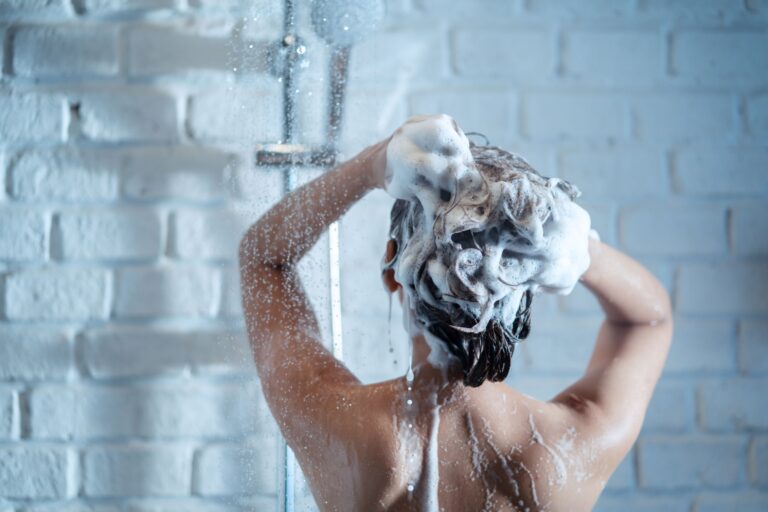
In order to ensure your new hair colour can last longer while your hair stays healthy, it is crucial to invest in good hair products. Colour-protecting shampoos and conditioners help protect the colour from fading by forming a protective layer over the hair shaft. Always opt for a sulphate-free shampoo as they do not strip away the natural oils from your hair.
5. Regular Hair Maintenance

For your hair to be healthy after you colour it, you will actually need to start preparing your hair for the damage in advance. This includes ensuring your hair is well-nourished and hydrated. Regular maintenance treatment can go a long way if you wish to colour your hair. Go for regular hair & scalp treatments customised based on your conditions to minimise the damage to your hair shafts.
6. Hydrate and Moisturise
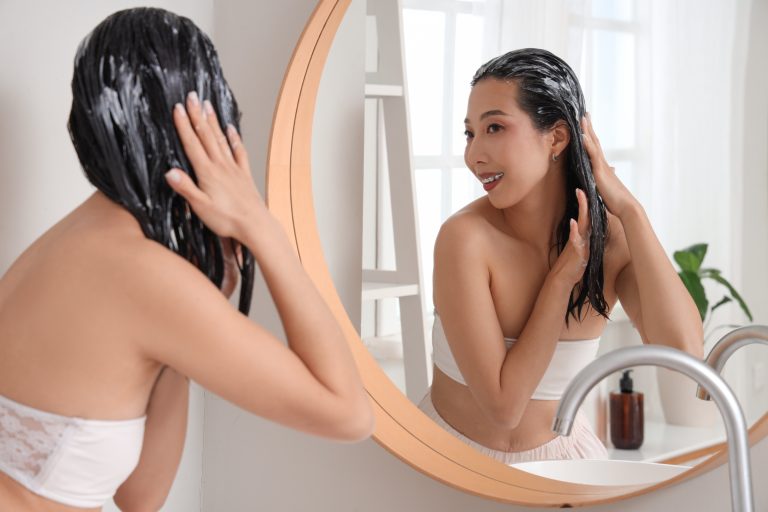
Dry hair is common after colouring your hair due to the loss in moisture. So it is obvious that you should hydrate your hair often once you’re done with the colouring. Incorporate co-washing, oiling, and hair packs into your hair care routine. Try our HomeKare Bundle, which is a customised hair pack that can help to soothe frizz, repair damage, and retain moisture with natural hydrating properties.
7. Beware of Chlorine

Swimming pools often contain chlorine which can discolour your hair and also weaken it. It is essential to take precautionary measures before diving into a pool. You can wear a swim cap that prevents water from soaking your hair or use a leave-in conditioner that provides a protective barrier to protect your hair from the chlorinated water.
8. Stay Away From Heat
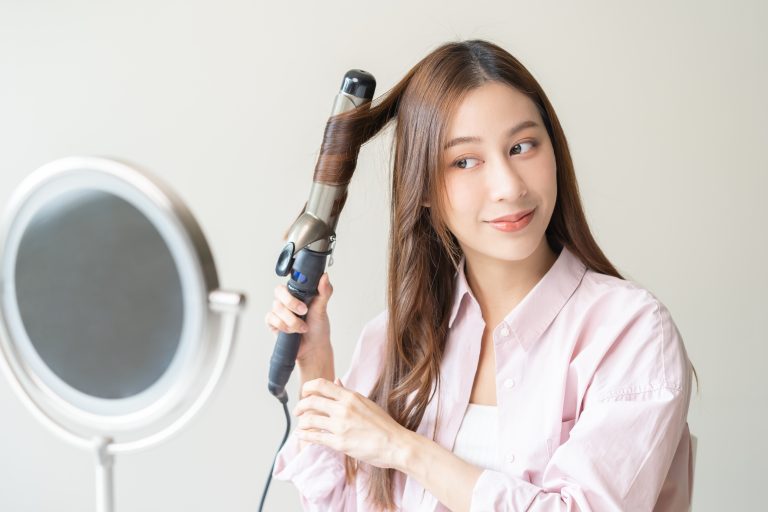
This is one of the most common hair care tips you can find and should be familiar with by now. Using heat styling tools on a regular basis can damage your hair considerably and also result in hair loss. Try to cut down on your use of heat styling tools, especially so after colouring your hair. Air-dry your hair instead of using a blow dryer or use it on the cool setting and at least 15 cm away from your hair. If you really have to, remember to always apply a hair serum first.
What Causes Damaged Hair Other Than Colouring?
Hair damage can result from various factors beyond just colouring. Understanding these causes can help you take preventive measures and choose the right treatments to restore your hair’s health.
1. Chemical Treatments
- Hair Colouring & Bleaching: The chemicals in hair dyes and bleach strip the hair’s natural moisture, leading to dryness, brittleness, and increased breakage.
- Perming & Relaxing: Chemical treatments that alter hair structure weaken the hair shaft, making it more prone to damage over time.
2. Heat Styling
- Frequent use of hair dryers, curling irons, and straighteners can weaken hair proteins and remove essential moisture, leading to dryness, split ends, and frizz.
- Not using a heat protectant accelerates damage, causing hair to become more fragile over time.
3. Harsh Hair Products
- Shampoos with sulfates and parabens can strip away natural oils, leaving the scalp and hair dry and prone to breakage.
- Overuse of styling products like gels and sprays can lead to product buildup, suffocating the scalp and causing irritation.
4. Environmental Damage
- Sun Exposure: UV rays weaken hair proteins and fade hair colour, making it look dull and lifeless.
- Pollution & Hard Water: Dirt, dust, and minerals from hard water accumulate on the scalp and hair, making it weak, dry, and more prone to breakage.
5. Poor Hair Care Habits
- Brushing wet hair aggressively can cause excessive breakage, as hair is more fragile when damp.
- Tight hairstyles like ponytails and braids can lead to hair thinning and traction alopecia over time.
6. Nutritional Deficiencies
- Lack of essential vitamins and minerals, such as biotin, iron, and omega-3 fatty acids, can weaken hair from within, leading to excessive shedding and slow hair growth.
By understanding these causes, you can take proactive steps to minimise hair damage and choose the right treatments for coloured and damaged hair, such as those offered by TK TrichoKare, to restore your hair’s strength and shine.
Other Causes of Damaged Hair
Hair damage can result from various factors beyond just colouring. Understanding these causes can help you take preventive measures and choose the right treatments to restore your hair’s health.
1. Chemical Treatments
- Hair Colouring & Bleaching: The chemicals in hair dyes and bleach strip the hair’s natural moisture, leading to dryness, brittleness, and increased breakage.
- Perming & Relaxing: Chemical treatments that alter hair structure weaken the hair shaft, making it more prone to damage over time.
2. Heat Styling
- Frequent use of hair dryers, curling irons, and straighteners can weaken hair proteins and remove essential moisture, leading to dryness, split ends, and frizz.
- Not using a heat protectant accelerates damage, causing hair to become more fragile over time.
3. Harsh Hair Products
- Shampoos with sulfates and parabens can strip away natural oils, leaving the scalp and hair dry and prone to breakage.
- Overuse of styling products like gels and sprays can lead to product buildup, suffocating the scalp and causing irritation.
4. Environmental Damage
- Sun Exposure: UV rays weaken hair proteins and fade hair colour, making it look dull and lifeless.
- Pollution & Hard Water: Dirt, dust, and minerals from hard water accumulate on the scalp and hair, making it weak, dry, and more prone to breakage.
5. Poor Hair Care Habits
- Brushing wet hair aggressively can cause excessive breakage, as hair is more fragile when damp.
- Tight hairstyles like ponytails and braids can lead to hair thinning and traction alopecia over time.
6. Nutritional Deficiencies
Lack of essential vitamins and minerals, such as biotin, iron, and omega-3 fatty acids, can weaken hair from within, leading to excessive shedding and slow hair growth.
Recommended Treatments for Coloured & Damaged Hair
Scalp Detox & Hydration Therapy
Colouring can lead to scalp sensitivity and itchiness. This therapy focuses on detoxifying the scalp, removing chemical residues, and providing deep hydration to soothe irritation and maintain a healthy scalp environment
Hair Loss Treatment
This treatment is designed to combat hair fall, which can be exacerbated by chemical colouring. It helps restore vitality, strength, and shine to colour-treated hair, addressing issues like dryness and brittleness.
Recommended Products for Home Care
Book An Appointment
We'd love to hear from you! Send us a message and We will get back to you as soon as possible!
*Individual results may vary. There is no scientific proof that any product (except certain registered medicinal products) or service can retard hair loss or promote hair growth.
“Personal data obtained from the above information may be used for the purpose of making you aware of our services or promotions which TK TrichoKare thinks you may be interested in. Such information may also be disclosed to carefully selected third parties for direct marketing. If you wish to withdraw your consent given here in, you can do so at any time by sending an email to us or call us.”

